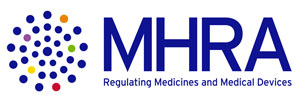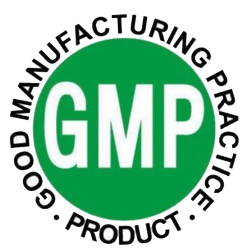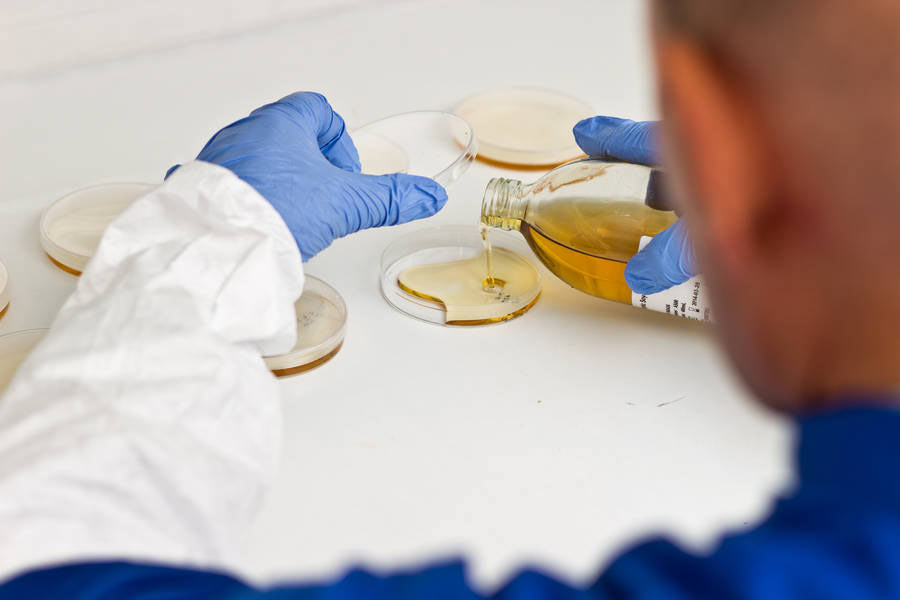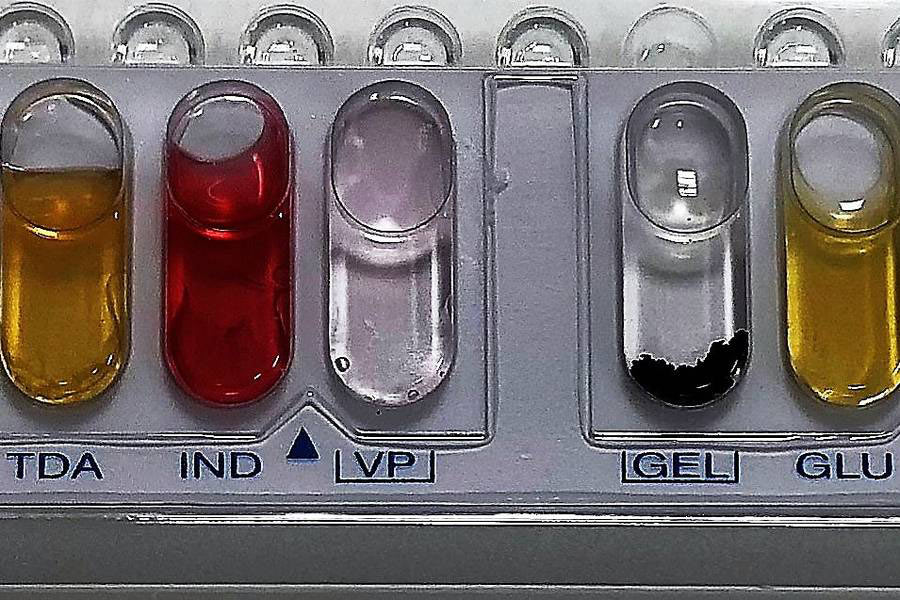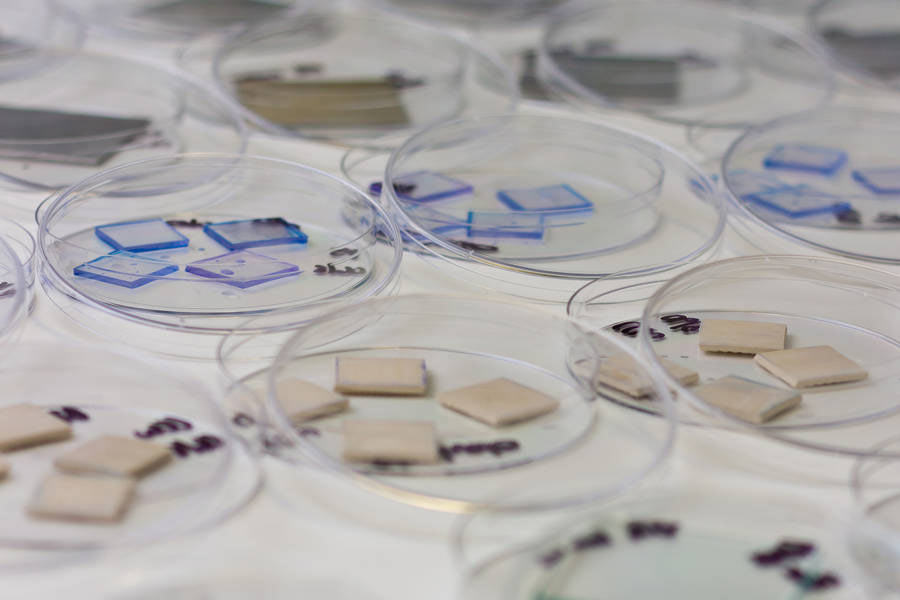High Performance Liquid Chromatography
HPLC Analysis with UV detection
HPLC Analysis
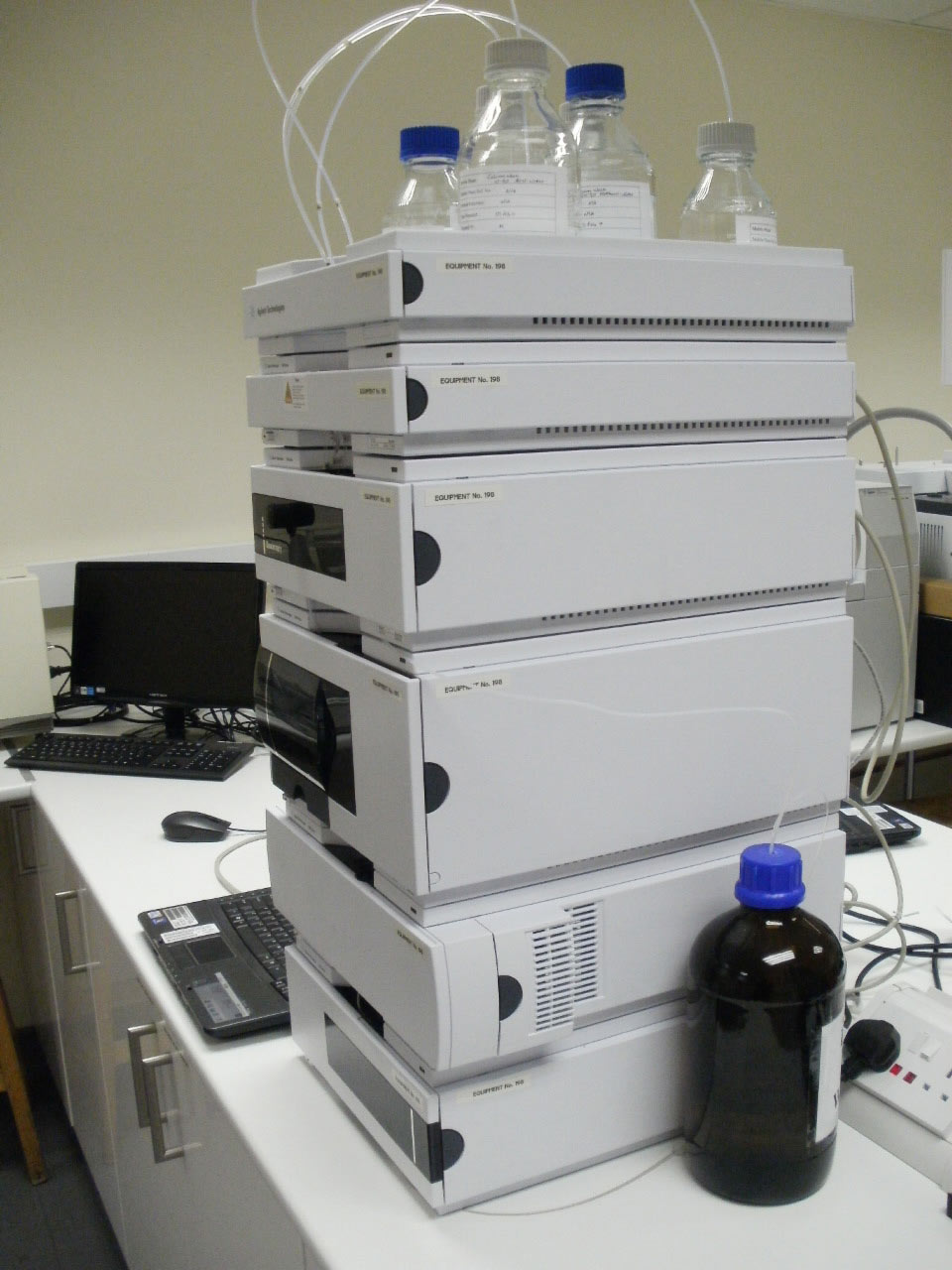 What is High Performance Liquid Chromatography (HPLC)?
What is High Performance Liquid Chromatography (HPLC)?
Market leading instrument for determining analytes using specific HPLC columns as a stationary phase and aqueous mobile phase for accuracy. This is due to the precision, reproducibility, confidence and throughput of the methodology. The technique allows the separation, identification and quantification of specific compounds contained in a sample.
Why do we do it?
Assessing the constituent parts of a finished pharmaceutical product, raw material or API is an essential stage in determining product safety. It is a regulatory requirement defined within every pharmacopoeia that products, both sterile and non-sterile, must be assessed for their chemical quality. As such, each product must have an associated, validated method for chemical analysis which is performed routinely on every batch. In addition to product assay, HPLC analysis can be utilized within the pharmaceutical environment for cleaning validation. A process of identifying the level of residual compound carry over on a multi-product production line.
How do we assure compliance?
Utilizing specific HPLC columns, flow rates and pore sizes – HPLC allows the separation of analytes within a mixture. The liquid phase containing the sample is often a solvent passing through a column of adsorbent solid stationary phase. Each component of the mixture adheres with varying affinities to the column causing a separation of the component parts. The separated eluent is typically analysed using UV Spectrophotometry (UV-Vis). At Honeyman our HPLC instrumentation is fitted with variable wavelength detectors (VWD) giving us broader analytical capabilities. Some examples of the analysis we perform using HPLC are:
- Product Assay
- Related Substances
- Cleaning Validation
Our Customers:


















